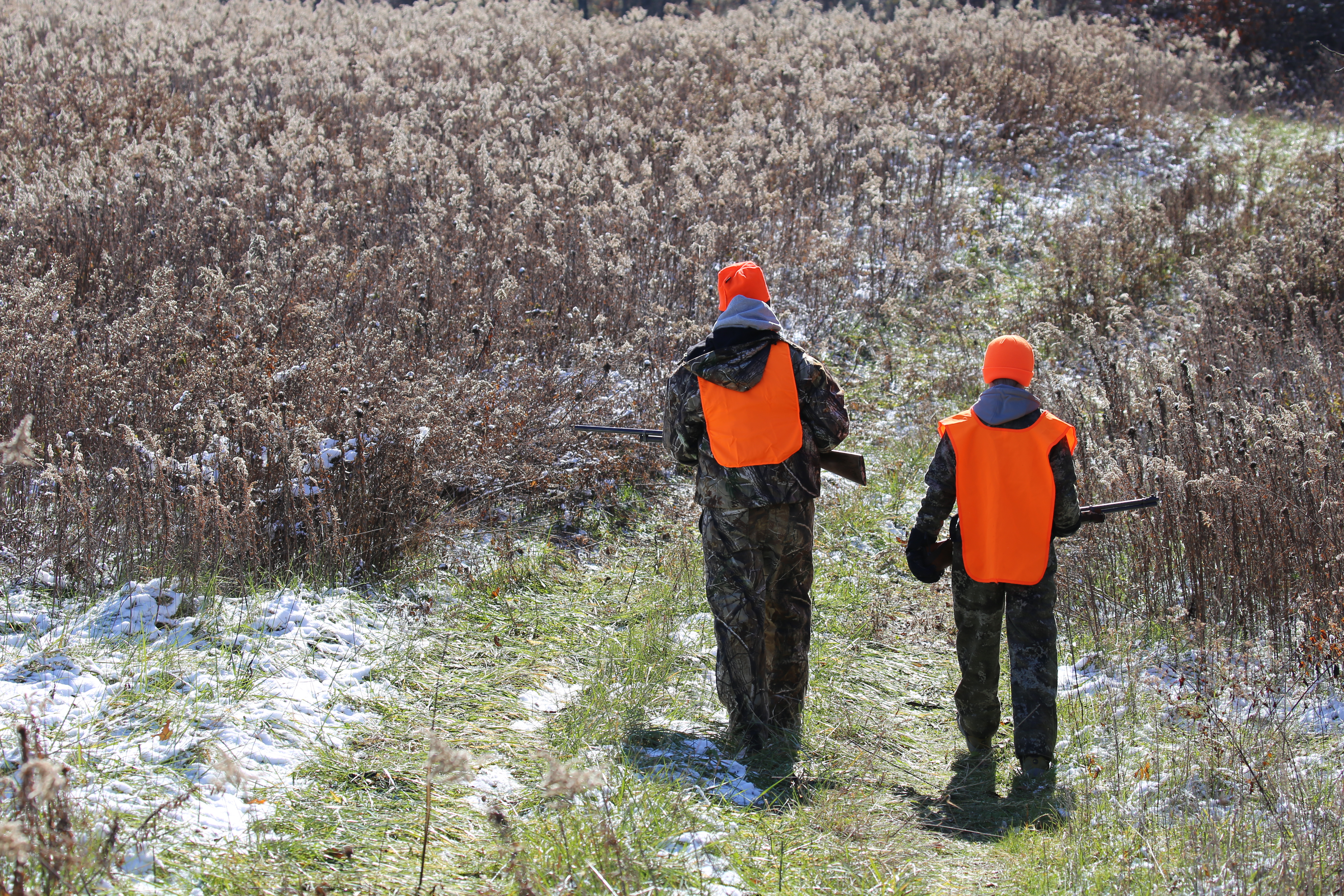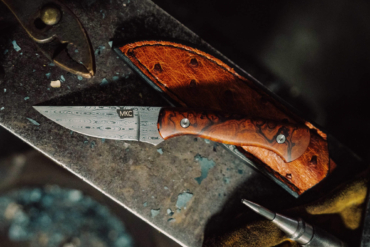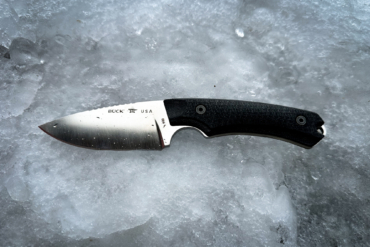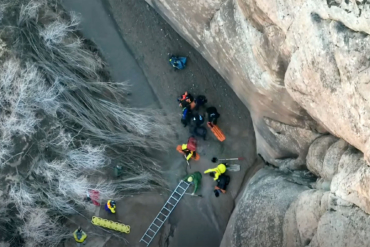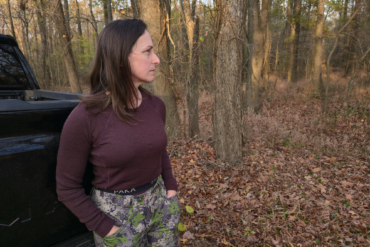Accompanying a youth hunter on their first hunt can be a highly rewarding experience. Regardless of the game, teaching the next generation about hunting and what it means to be a hunter is an experience you will never forget.
There’s a real power in mentoring. Not only are we teaching kids how to enter the field in safe and successful ways, but we also have the opportunity to shape the adult hunters they will be.
I’ve had the opportunity to mentor several youth hunters over the years. I’ve experienced just about every surprise you can imagine, and then some. Every season, I get the same satisfaction of watching a child react to ever-changing environments in the field. It is priceless to me and something I’ll always look forward to. Though I think I’ve seen it all, every trip to the field has a new set of challenges.
Whether it’s your child or any kid who may not have the opportunity to get out and learn about hunting, we make an effort to mentor youth and continue to foster the sport.
Here are a few tips and tricks that have helped me along the way.
Tips for Mentoring Youth in the Field
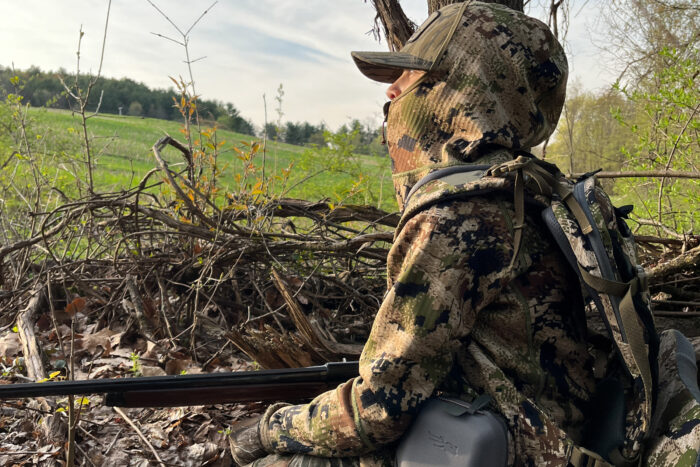
Youth hunting can be challenging. Things such as walking quietly, sitting still, whispering, bathroom breaks, and simply the lack of patience by new hunters are enough to threaten success in the field. But to me, that is what makes it interesting. Knowing those factors going in, I find that I am constantly walking the line between being successful and being comfortable, and both of those scenarios are lessons I strive to teach the youth.
You see, the hunt is about the youth, and the lessons learned. The more they see in real-time situations, the better they will be in the future.
Hunter Safety Course
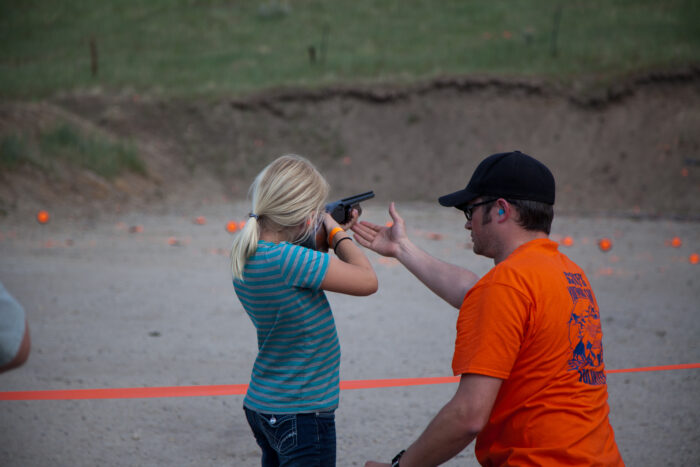
One of the biggest reasons a youth never has the opportunity to partake in the sport is that their parents/guardians did not grow up hunting. The result — they do not have the resources to help with completing a hunter safety course.
The importance of taking a hunter’s education course or hunter safety should not be downplayed. There is so much more to learn than just gun safety. Ethics, wildlife management, meat processing, and taking a safe and ethical shot are all covered in these courses. They are vital to us having safe, effective hunters in the field.
Remember, that child will be an adult one day. We want educated, safe hunters sharing the mountains and plains with us.
Whether you’re taking your child or mentoring another youth hunter, sitting through hunter safety can be valuable for you both. Some children in the course may have never even held a gun before, while others are more seasoned than many adults.
Regardless of the level at which the youth is beginning, being patient and making the time in the field meaningful and fun is all that you can shoot for. A first successful harvest is a memory that won’t be forgotten.
Practice Makes Perfect Youth Hunting
Before taking kids hunting, it’s crucial to prepare well in advance. Building confidence and skills in firearm handling, scouting, and involving the youth in the planning process are essential for a successful hunt.
Leading up to youth weekend or opening day, there are lots of steps to be taken to maximize learning opportunities. Growing older now, and watching the kids from 10 years who are now mentoring their own group of first-timers, it is easy to see the extra effort paying off.
Practice shooting multiple times before the hunt, in various settings, to simulate real field conditions. Familiarize the youth with different shooting positions, like sitting or using a tree as a rest. Some kids may be nervous about the loud noise, so have ear protection available if needed.
The more comfortable they are with the firearm, the smoother the hunt will be.
Permission for Access
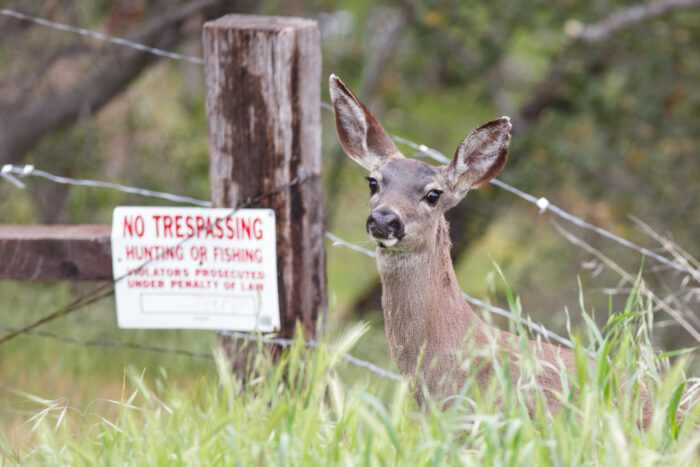
In many states, you need written permission for private land hunting. I recommend involving kids by having them ask for permission in person before the hunt. Arrange a meeting with landowners to help the youth build their skills.
After getting permission, it’s a good idea to check in with farmers and landowners, sharing your scouting updates, and getting their insights. They often know where the game is. After a successful hunt, offer them some meat, which boosts the youth’s confidence and teaches the right approach.
Building good relationships with landowners is important, especially in states with limited public land for hunting.
Scouting Matters
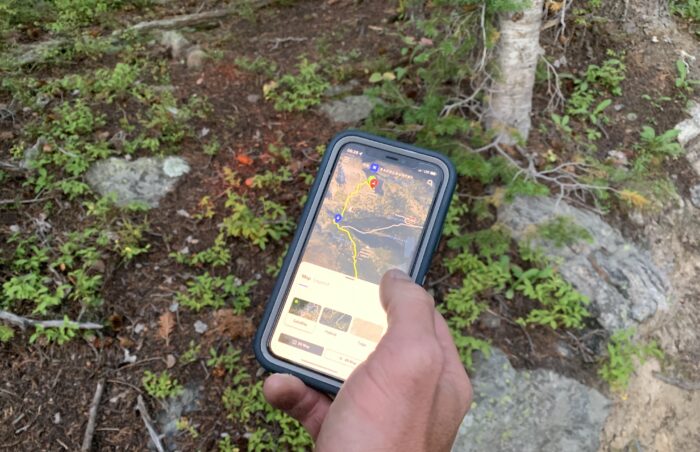
Scouting is crucial for hunting success whether or not you involve youth. It helps kids learn about the hunting process and appreciate the effort required. It also assesses their hunting skills before the season, making it a good time to assess the best ways to mentor them.
Different types of hunting require different scouting approaches. For turkey hunting, you learn to locate roosts and listen for gobbles. For deer hunting, you focus on finding signs, bedding areas, and watering holes. Setting up trail cameras and identifying hunting spots are also part of the process.
Each scouting trip familiarizes the young hunter with the area, making them more comfortable. You can use digital maps like onX to teach them path plotting, reference points, and animal habitats, which can be as exciting as finding treasure for a kid.
Let Kids Be Kids
The hunt is about the kid, not you. Let them use binoculars to watch birds if they want to. If they need to ask a million questions, have too many snacks, or even stand up and look around, let them. If they need a bathroom break, allow it, obviously. It’s a great time to explain the risks like spooking animals. When nature calls, none of us has a choice in the matter, so it’s a great time to teach.
During longer hunts, choose locations with easy access to the truck if they need a break. Don’t make them feel bad for being curious or restless. Use these moments as teaching opportunities for better future hunts. They’re kids. They are going to act like kids and resisting that may make them resistant to hunting.
Youth Hunting Gear
There are lots of youth gear options available from many manufacturers to help make youth hunters comfortable and successful in the field.
Blinds
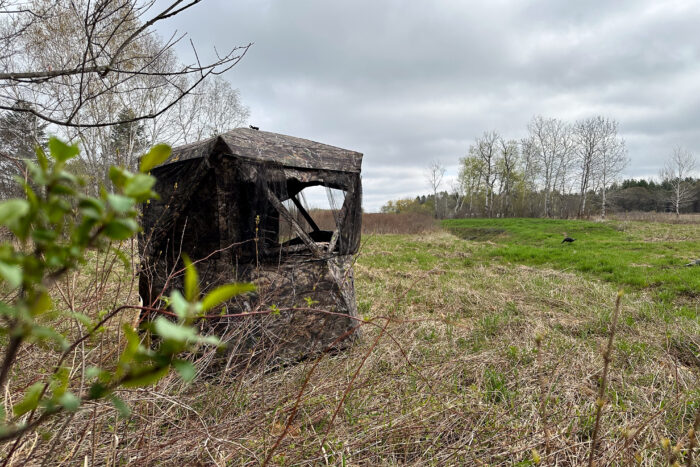
For first-timers and younger/smaller kids, a blind allows for more cover, a bit of wiggle room, and an easier ability to communicate back and forth about what’s going on around you. Let’s be honest, snacks are a reality for all hunters, and that fact is doubly real when we’re talking about kids. In a blind when patience starts to wane, gummy bears or a PBJ can mean the difference between making it to the end of the day and retreating. A blind is a heck of a spot for a kid’s lunch.
Typically, there are two types of blinds that I have had success with in the past, and it usually comes down to the location and environment in which you’re trying to stay hidden.
The Rhino 180 See-Through Blinds is a productive blind with a fun twist. Compared to other blinds, the Rhino gives a 180-degree see-through view with a black background to keep you hidden. It is sized perfectly for a few hunters and gear and can be staked down for setup before the hunt. Similarly, it weighs about 15 pounds for situations that require on-the-spot setup and takedown.
Using easy-to-use equipment will save time in the morning and ensure a quick and quiet setup in the morning. The other option is an even easier option which requires a small piece of camouflage burlap material. For impromptu setups or if you are without a blind, simply place a few sticks or pieces of brush in the ground and lay the burlap on top, making a short piece of cover to conceal movement.
Boots
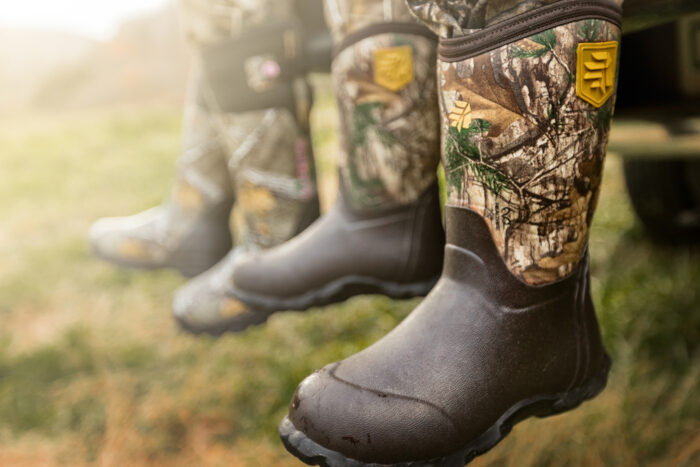
The right pair of footwear can make or break your hunt more than anything else. Unlike clothing, which can be layered and removed, it’s unlikely you’ll have several pairs of boots to swap out.
In the spring, you’ll typically be dealing with wet conditions. Spring rains and morning dew can ruin a hunt before it even gets started if feet get wet and cold. Because of that, get a pair of rubber boots with the pants tucked in. A little insulation won’t hurt, either.
LaCrosse has several youth options, but the Lil’ Alpha Lite 1000G boots really meet the mark. You can invest in less expensive options, but these boots can make it a few seasons if you size up. Thick socks are your friend when dealing with sizing boots for kids. You can always make up for wiggle room with a good wool pair while leaving room to grow.
An option for fall and winter might be the Rocky Kids’ Waterproof 800G Insulated Boots. This non-rubber boot option is perfect for longer walks when it’s cold.
RedHead Utility Rubber Boots are half the price, but you get what you pay for. They’ll get the job done, but you won’t get the mileage out of them. If you have a kid with feet that grow faster than fodder, go for a budget option. There’s no reason to break the bank on a pair of boots they’ll only wear a handful of times.
Clothing
Like good boots, clothing that keeps kids warm and dry will prolong the hunt and make for an overall better experience. Hand-me-downs from older siblings or friends will work in a pinch but oftentimes have limitations.
Several brands make camouflage specifically for kids — Nomad, SITKA, and Mossy Oak, to name a few — and some are better than others for different seasons and game animals.
For spring turkey or warmer conditions in the fall, layering long-sleeved shirts and heavier-weight hoodies are great for cooler mornings while temperatures rise in the afternoon. The NOMAD Youth Pursuit Camo Long Sleeve and SITKA Youth Heavyweight Hoody can accomplish a lot in many scenarios.
The old-school Mossy Oak Bottomlands Youth Hunt Tech ¼ Zip and Youth Cotton Mill Flex Pant are great for turkey hunting, while the lightweight Youth Tibbee Flex Gloves will keep their hands concealed when turkeys and other game are close by.
The best set for colder weather whitetail or other big game hunting is the SITKA Youth Stratus Pant and Stratus Jacket. Layered with a good pair of sweatpants and long underwear on the bottom, and the Youth Heavyweight Hoody and Youth Rankine Hoody, this combo will keep young hunters warm when temperatures are below freezing.
Regardless of the base layers and outerwear, wool socks and good gloves are a must-have. I usually pack an extra pair of both when conditions are extreme. The Nomad Youth Harvester Glove paired with a few hand warmers and the SITKA Youth Beanie usually keep kids comfortable when it’s cold and bitter for late-season hunts.
Clothing is probably the best investment for youth hunters, like footwear, as poor apparel can ruin a hunt before it gets started. Packing extra gear, extra hard warmers, a heater for ground blinds or elevated blinds, and proper layering can go a long way in the field.
Youth Firearms
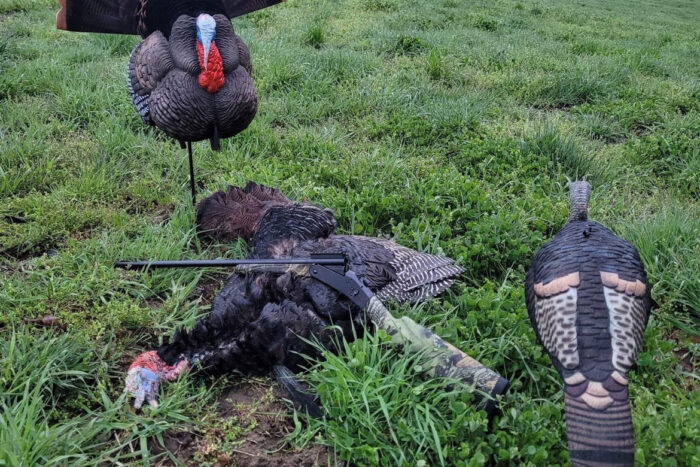
Selecting a firearm for a youth hunter is not a terribly difficult feat. Smaller gauge/caliber shotguns and rifles are trending for seasoned hunters wanting to challenge themselves more in the field. And for youth hunters, those same smaller caliber rifles will be fitting for their smaller stature.
For shotguns, there are lots of options and I have hunted with youths with basically every common gauge, with success. Depending on the size of the youth, and how comfortable they are with shooting in general, anything from a Stevens Single Shot .410 to a semi-automatic 12 gauge, and even my grandfather’s old (but reliable) bolt-action 16 gauge.
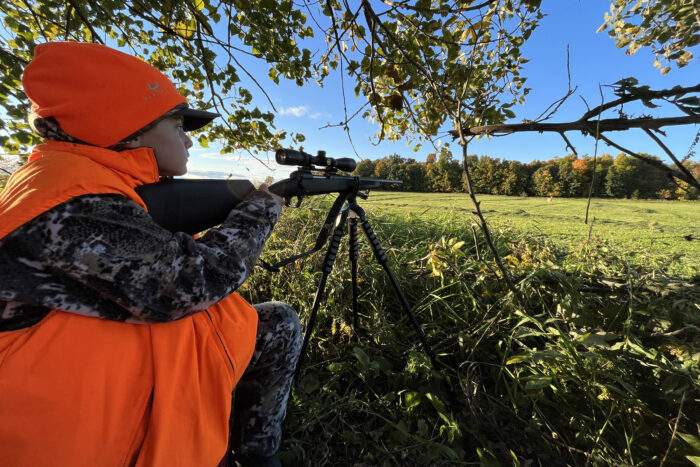
On the rifle side, there are endless options. The hard part is that most youths do not have access to a firearm for a big game hunt. Even if they can borrow from a friend of a friend, it’s typically not set up or ideal for their use. For this reason, I prefer to offer something I have available, have ammo for, and am comfortable with a youth learning to handle it safely.
A common rifle used by youth hunters is a .243. The 6.5 Creedmoor has become a new popular option due to low recoil. My son has taken several whitetail deer with a .308 caliber. I’ve had children I’ve mentored succeed with a 30-30 as well.
When choosing a firearm, the biggest key is making sure the youth is comfortable and can handle shooting. It may require some summertime practice learning good practices with a .22 or .17 caliber rifles and working up to larger calibers. Take the time and work with them on proper handling and shooting techniques.
Other Youth Hunting Gear
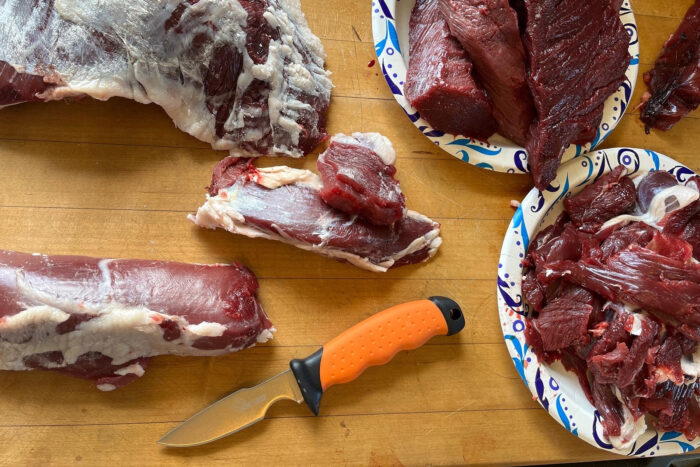
Binoculars
Over the years, there have been lots of learning opportunities that have resulted in bringing additional gear to the field. Whether it’s for scouting or used on the actual hunt, youth hunters love to look around. A good pair of binoculars such as the Vortex Crossfire HD 12×50 are especially handy when scouting or sitting in a blind. Not only does it allow the child to be involved by looking for animals, but it also gives them something to do on longer hunts.
Chairs
Comfortable chairs make all the difference. I have had luck with lower-end seating like the Game Winner Realtree Xtra Stool in a pinch, but for longer hunts and increased maneuverability, comfortable seating is a big help. The Muddy Swivel-Ease XT Ground Seat has padded armrests and accommodates both kids and adults. It swivels 360 degrees, which helps with different shooting angles from a ground blind.
Wild Game Processing
When you are lucky enough to harvest an animal on your hunt, it’s time to process the animal. Depending on the age of your hunter, getting them involved in the cleaning and processing part will bring things full circle. It teaches them respect for both the animal they took and more of what it means to be a hunter.
The processing piece goes well beyond cleaning. Cooking a fresh meal after a successful hunt is an experience they will never forget. Simple kits like the CHARD Game Process Kit or the Outdoor Edge Wild Pak Kit have all the tools to process everything from waterfowl to big game.
Final Thoughts
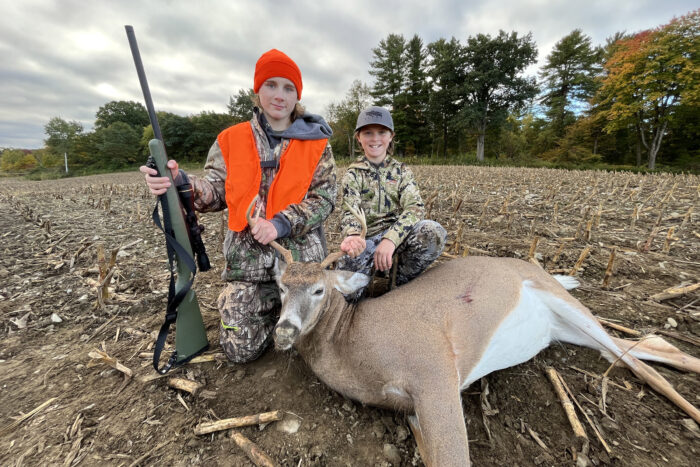
Mentoring a child in the field is rewarding beyond measure. You have a direct connection with someone who will go on to likely be an adult hunter. Your impact will shape the hunter they become.
Just remember, any time you spend teaching kids what you’ve experienced while hunting is a benefit to the tradition. Your efforts will be one of the few things that directly contribute to the future of ethical and engaged hunters.
